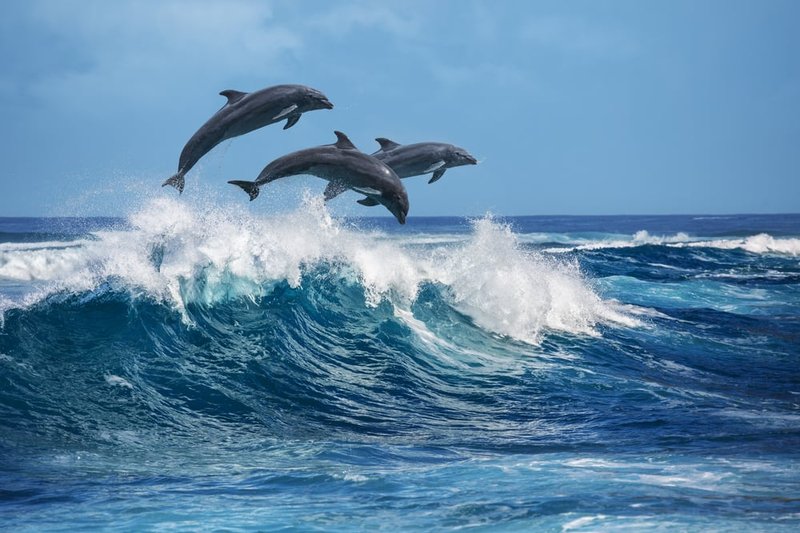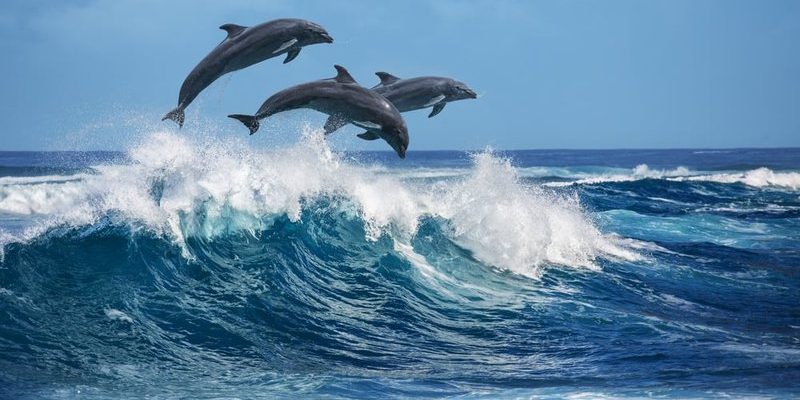
The status of dolphin populations varies widely around the world. Some species are thriving, while others are on the brink of extinction. This article dives deep into the question: *Are dolphins endangered?* We’ll explore conservation updates, the challenges they face, and some hopeful news about efforts to protect these incredible animals.
Understanding Dolphin Populations
Dolphins belong to a group of marine mammals known as cetaceans, which also includes whales and porpoises. There are over 40 species of dolphins, and their populations differ dramatically. Some, like the common bottlenose dolphin, are widespread and abundant, while others, like the vaquita, are critically endangered. Think of it like a family tree where some branches flourish, and others are withering away.
Dolphins are often found in oceans, rivers, and even coastal areas. They play crucial roles in their ecosystems, helping to maintain the balance of marine life. When dolphin populations decline, it can lead to unexpected consequences for the entire ocean environment. This is why understanding their status is vital.
Threats Facing Dolphins
Dolphins encounter a variety of challenges in their natural habitats. Among the most significant threats are:
- Pollution: Chemicals and plastics in the ocean can harm dolphins directly or degrade their food sources.
- Bycatch: Dolphins often get caught in fishing gear unintentionally, leading to injury or death.
- Habitat destruction: Coastal development and climate change can impact the places where dolphins live and hunt.
- Noise pollution: Increased boat traffic and industrial sounds can disrupt their communication and navigation.
Each of these threats is like a puzzle piece that fits into a larger picture of danger. When one piece is missing or altered, the entire image can change. These threats not only affect dolphins but also the health of our oceans as a whole.
Conservation Efforts: What’s Being Done
Fortunately, many organizations and governments recognize the importance of protecting dolphins. Conservation efforts are underway around the globe, focusing on various strategies to support dolphin populations. Here are some notable initiatives:
- Protected Areas: Establishing marine protected areas (MPAs) helps provide safe habitats for dolphins to breed and thrive.
- Legislation: Laws like the Marine Mammal Protection Act in the U.S. restrict activities that harm dolphins.
- Rescue and Rehabilitation: Organizations often rescue stranded or injured dolphins, providing them with medical care and rehabilitation.
- Awareness Campaigns: Public education campaigns help raise awareness about the threats dolphins face and how people can help.
These efforts serve as a lifeline for struggling populations. By combining science with community involvement, there’s hope for a brighter future for dolphins.
Spotlight on Endangered Dolphin Species
When it comes to endangered species, a few dolphins stand out due to their precarious situations. The vaquita, for example, is the world’s smallest porpoise and is critically endangered, with estimates suggesting fewer than 30 individuals remain. These creatures are mostly found in the northern part of the Gulf of California, Mexico.
Another species of concern is the Yangtze River dolphin, also known as the baiji. Once abundant in the Yangtze River, this species is believed to be functionally extinct due to habitat destruction and pollution. It’s heartbreaking to think that future generations may never experience these amazing creatures.
Understanding the plight of these endangered species emphasizes the urgency of conservation efforts. It’s like watching a beautiful painting fade away—if we don’t act quickly, we might lose these remarkable beings forever.
The Role of Research in Conservation
Research plays an essential role in dolphin conservation. Scientists study dolphin behavior, population dynamics, and the impacts of human activities. This data is crucial for determining the health of dolphin populations and shaping effective conservation strategies.
For instance, researchers often conduct population surveys using methods like aerial surveys and acoustic monitoring. These studies help track dolphin numbers and movements, giving insights into their habitats and the challenges they face.
You might be wondering how this research translates to real-world action. Well, it helps inform policy decisions, guides habitat protection, and raises awareness among the public. It’s like gathering evidence to protect your favorite park—data can drive meaningful change.
The Future for Dolphins: Hope and Challenges
The future for dolphins is a mixed bag of hope and uncertainty. While many conservation efforts are gaining momentum, challenges like climate change and pollution persist. The good news? Increased awareness and action from individuals and communities can make a difference.
You can contribute by supporting organizations focused on marine conservation, reducing plastic use, and spreading the word about dolphin protection. Every small effort counts. Together, we can create a wave of positive change that benefits dolphins and their ocean homes.
In closing, dolphins are not just charming creatures; they are vital to our marine ecosystems. By understanding the threats they face and supporting ongoing conservation efforts, we can help ensure that future generations experience the joy of encountering these magnificent mammals in the wild. It’s up to all of us to protect our oceans and its incredible inhabitants.

